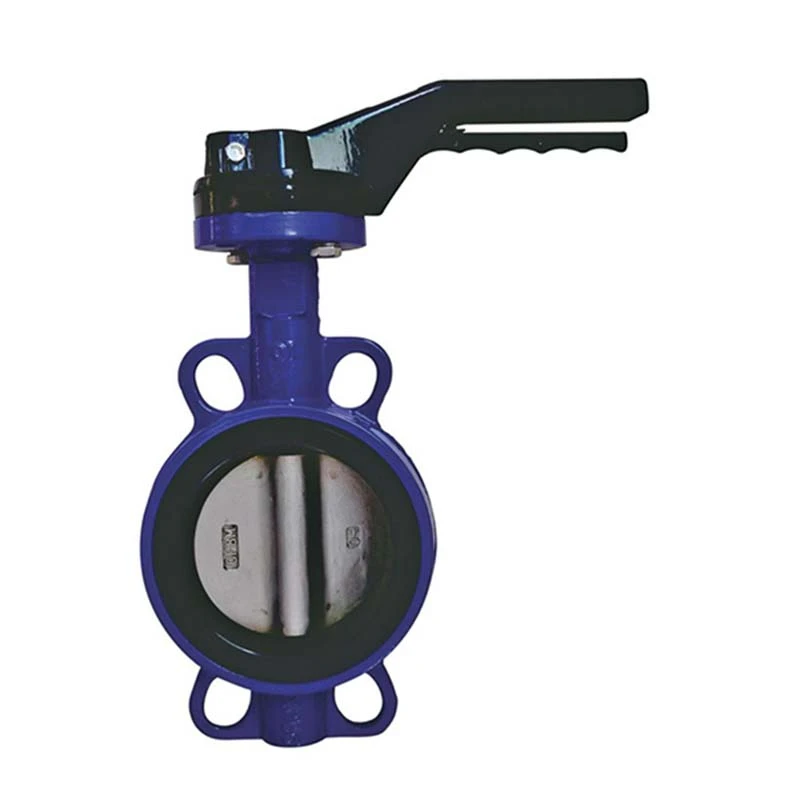Oct . 11, 2024 08:28 Back to list
electric actuated butterfly valve
Electric Actuated Butterfly Valve An Overview
In modern industrial applications, the need for efficient flow control solutions is paramount. Among these solutions, the electric actuated butterfly valve has gained significant traction due to its versatility, reliability, and ease of use. This valve type is crucial in various sectors, including water treatment, chemical processing, and HVAC systems, among others.
What is an Electric Actuated Butterfly Valve?
A butterfly valve consists of a circular disc or plate that rotates around a fixed axis within the valve body. The disk acts as a barrier to control the flow of fluid through a pipe. When electric actuation is introduced, the valve is equipped with an electric motor that enables smoother and more precise control of the valve position. This setup allows for rapid opening and closing, making it suitable for applications that require quick adjustments in flow.
Advantages of Electric Actuated Butterfly Valves
1. Precision Control The electric actuator provides precise positioning capabilities, which is essential in applications where exact flow rates are critical. This precision helps in maintaining optimal operational conditions.
2. Energy Efficiency Compared to pneumatic actuator systems, electric actuators typically consume less power. Their energy-efficient operation reduces the overall cost of ownership and is more environmentally friendly.
electric actuated butterfly valve

3. Reduced Maintenance Electric actuated butterfly valves often have fewer moving parts than their pneumatic counterparts, leading to lower wear and tear. This reduction in complexity translates to less maintenance and longer operational life, which is an important consideration for industries seeking to minimize downtime.
4. Remote Operation With the integration of electric actuators, these valves can be operated remotely via control systems. This feature enhances safety as operators can control fluid flow without the need to be physically present near potentially hazardous areas.
5. Integration with Automation Systems Electric actuated butterfly valves can easily be integrated into automated control systems, allowing for real-time monitoring and adjustments. This capability is pivotal in modern smart manufacturing processes where automation plays a critical role in efficiency and safety.
Applications of Electric Actuated Butterfly Valves
Electric actuated butterfly valves find applications in a myriad of industries. In water and wastewater treatment, they regulate the flow of various fluids, ensuring the system operates smoothly and efficiently. In the chemical industry, these valves are used to control corrosive or hazardous fluids, allowing for safe handling and processing. HVAC systems employ these valves to manage airflow and maintain comfortable environments in commercial buildings.
Conclusion
Electric actuated butterfly valves represent a reliable and efficient solution for flow control in various industrial applications. Their precision, energy efficiency, reduced maintenance needs, and compatibility with automation systems make them an ideal choice for businesses aiming to enhance operational efficiency and safety. As industries continue to evolve and demand greater efficiency, the adoption of technologies like the electric actuated butterfly valve will likely increase, supporting the pursuit of smarter, more sustainable operational practices. By understanding their advantages and applications, organizations can make informed decisions that benefit both their operations and the environment.
Share
-
Reliable Wafer Type Butterfly Valves for Every IndustryNewsJul.25,2025
-
Reliable Flow Control Begins with the Right Ball Check ValveNewsJul.25,2025
-
Precision Flow Control Starts with Quality ValvesNewsJul.25,2025
-
Industrial Flow Control ReliabilityNewsJul.25,2025
-
Engineered for Efficiency Gate Valves That Power Industrial PerformanceNewsJul.25,2025
-
Empowering Infrastructure Through Quality ManufacturingNewsJul.25,2025